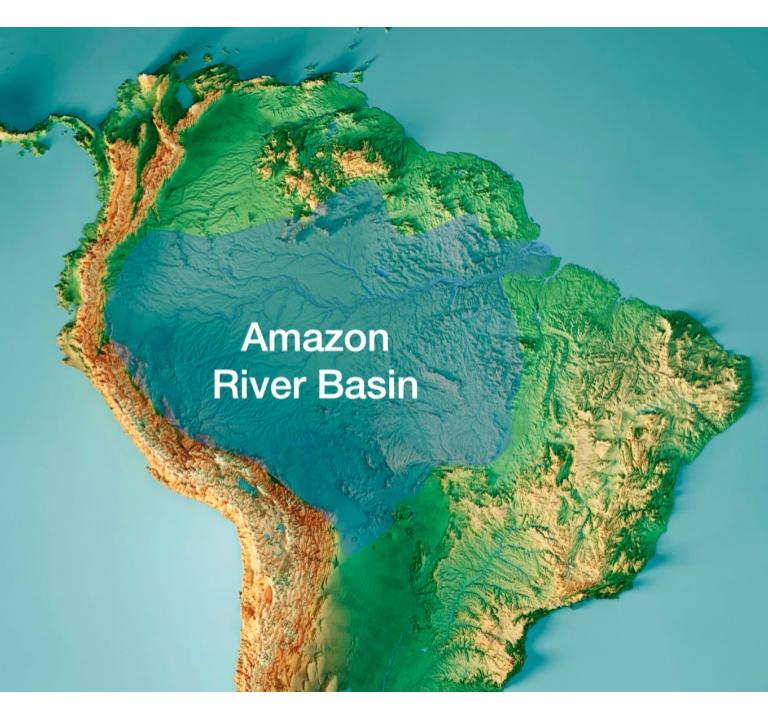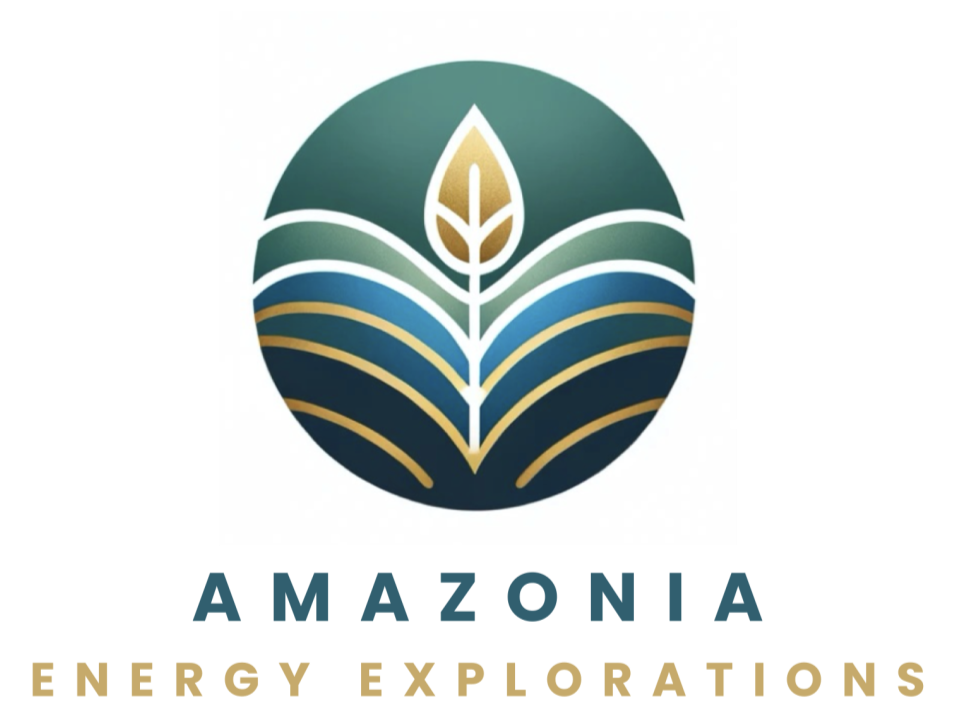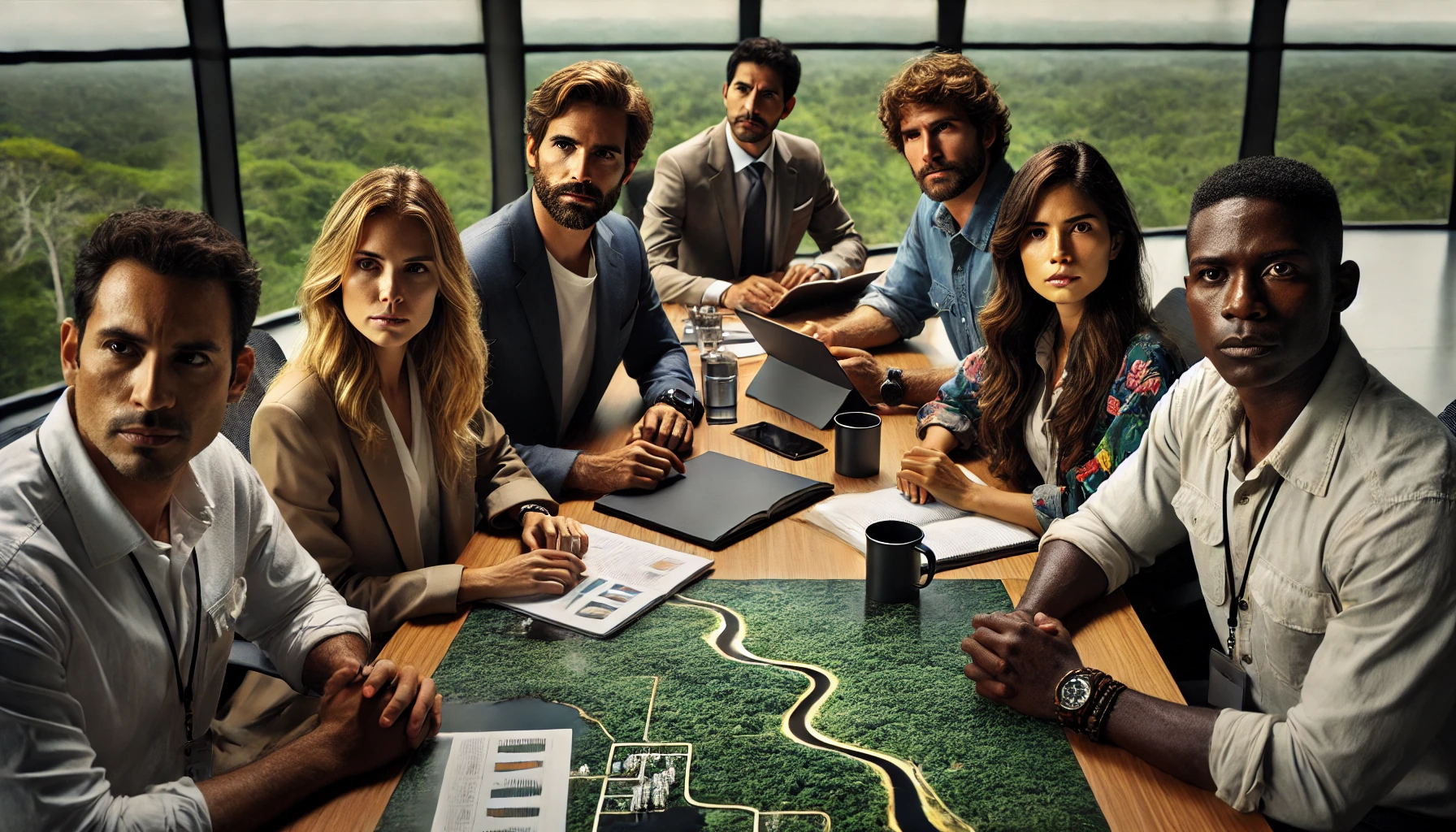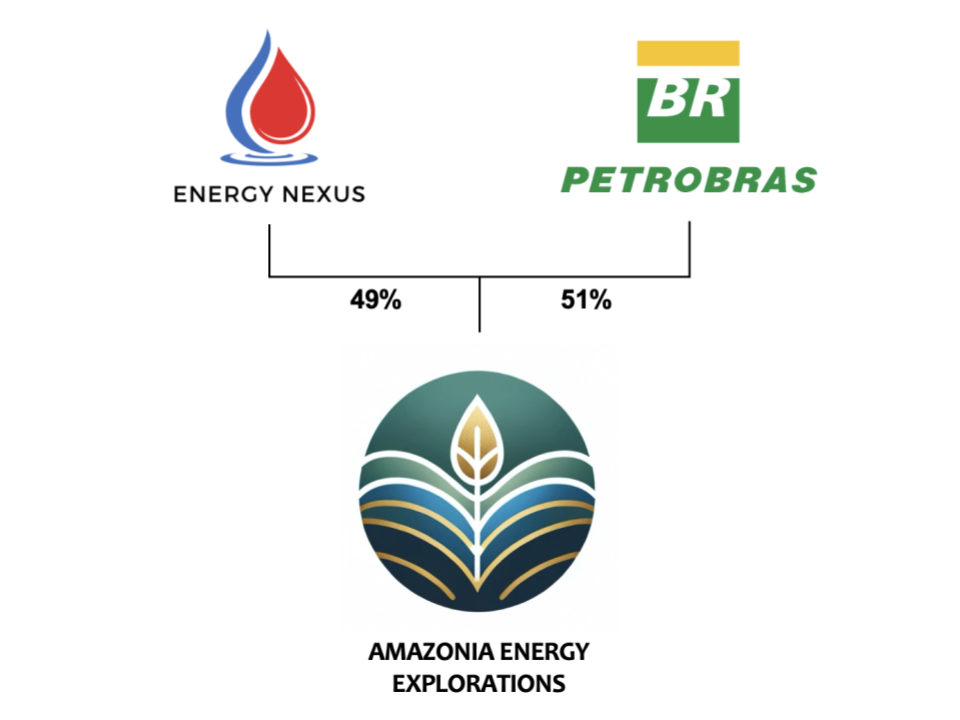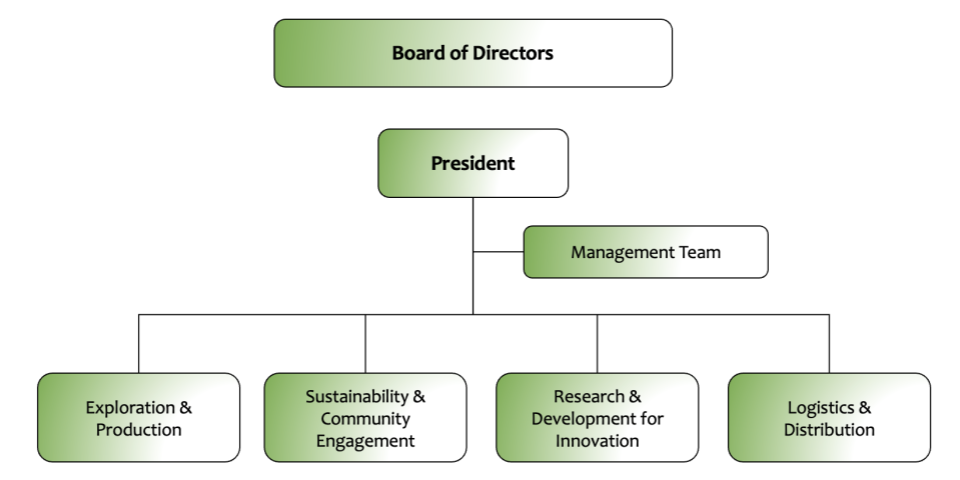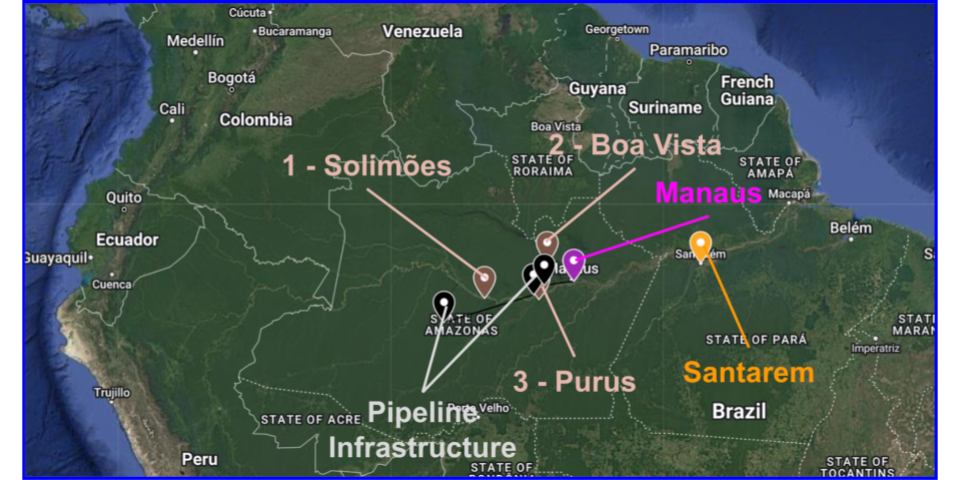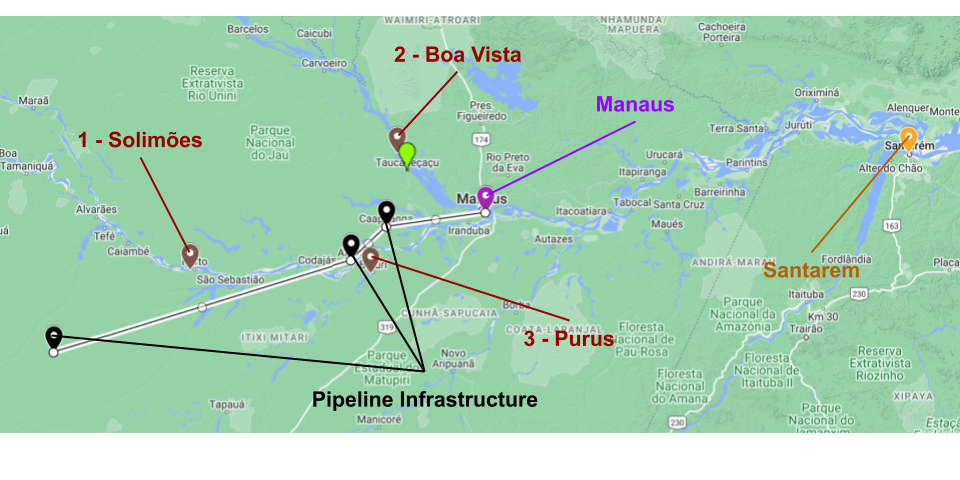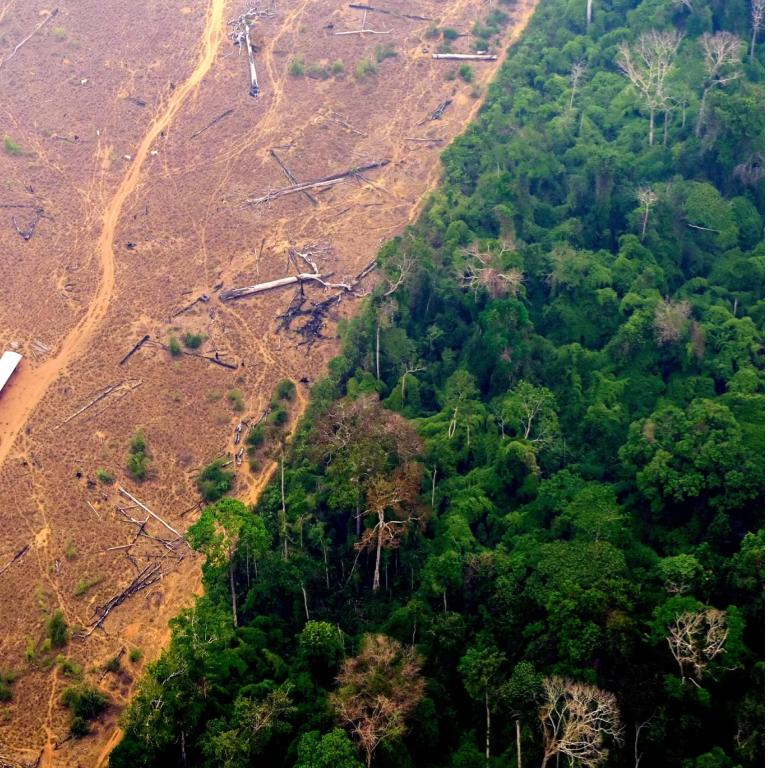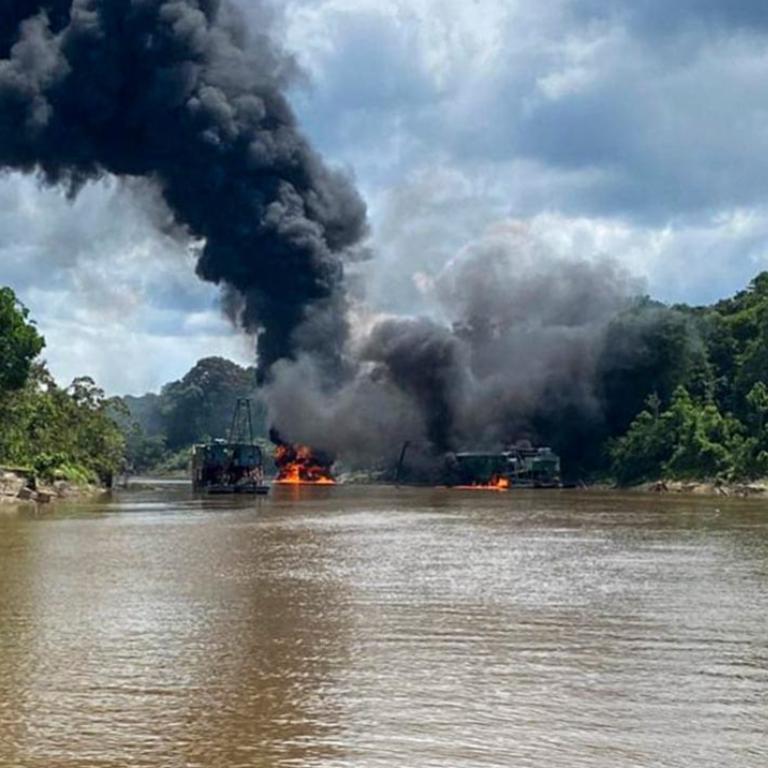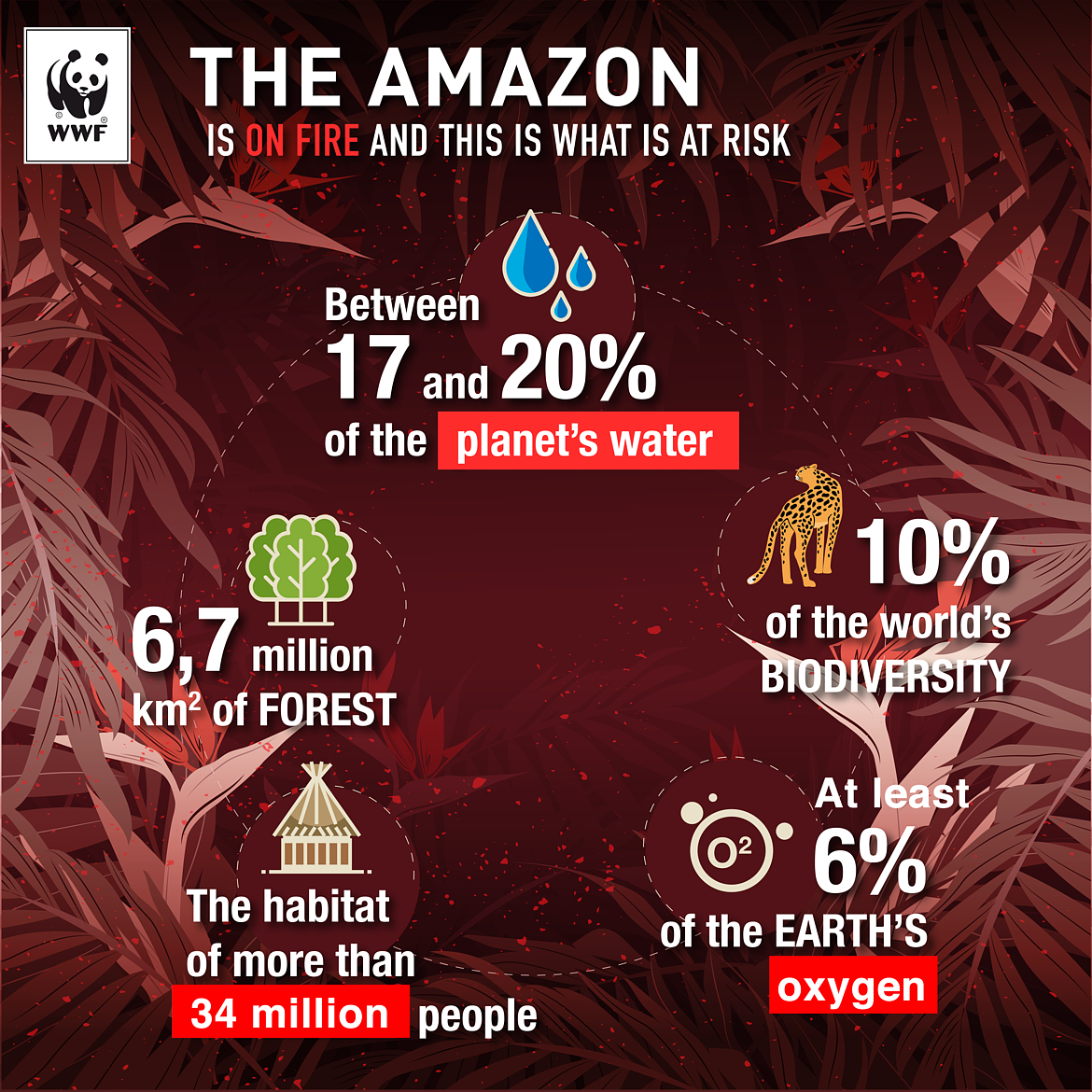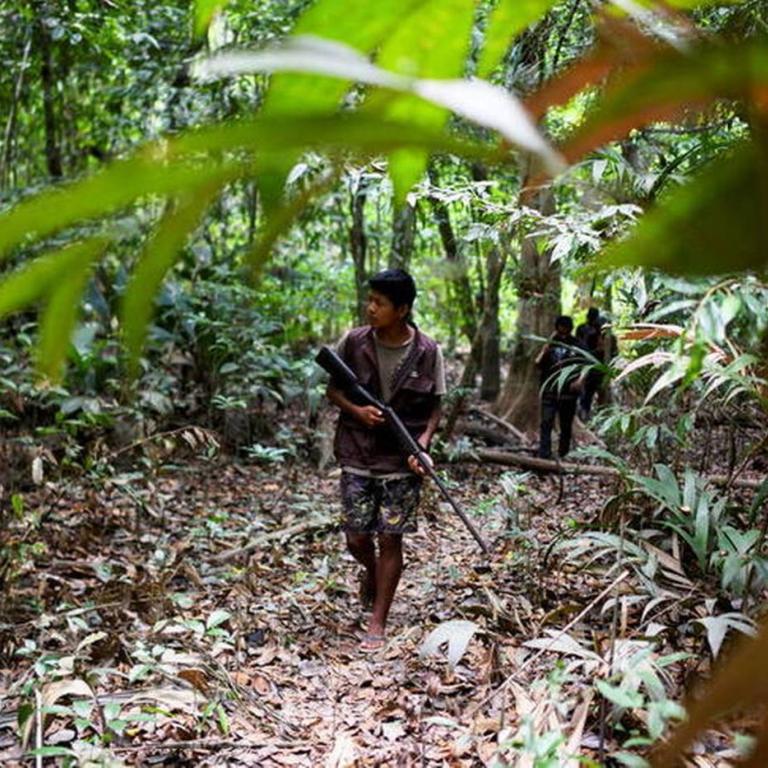Amazonia Energy Exploration LLC (Amazonia), founded in 1988 by Patricia Silva, initially aimed to harness the sustainable energy potential of the Amazon Basin, focusing on hydroelectric power. However, facing commercialization challenges, the company shifted its focus to oil and gas in 1993, carving a niche in the Brazilian energy sector. This period of growth also included expansion to new markets in South America (Peru) and Africa (Angola).
In 2010, Amazonia’s growth accelerated through its acquisition by Petrobras, Brazil's state oil entity. This acquisition resulted in Amazonia trading a 51% controlling stake in exchange for new capital, streamlined licensing, access to pipeline infrastructure, global supply chains, and improved technology. The move catalyzed growth in oil and gas exploration, supported sustainable energy innovation, and enabled the launch of community engagement and social responsibility programs. Under Silva's leadership, the company grew operationally and financially while cultivating a reputation for responsible exploration.
